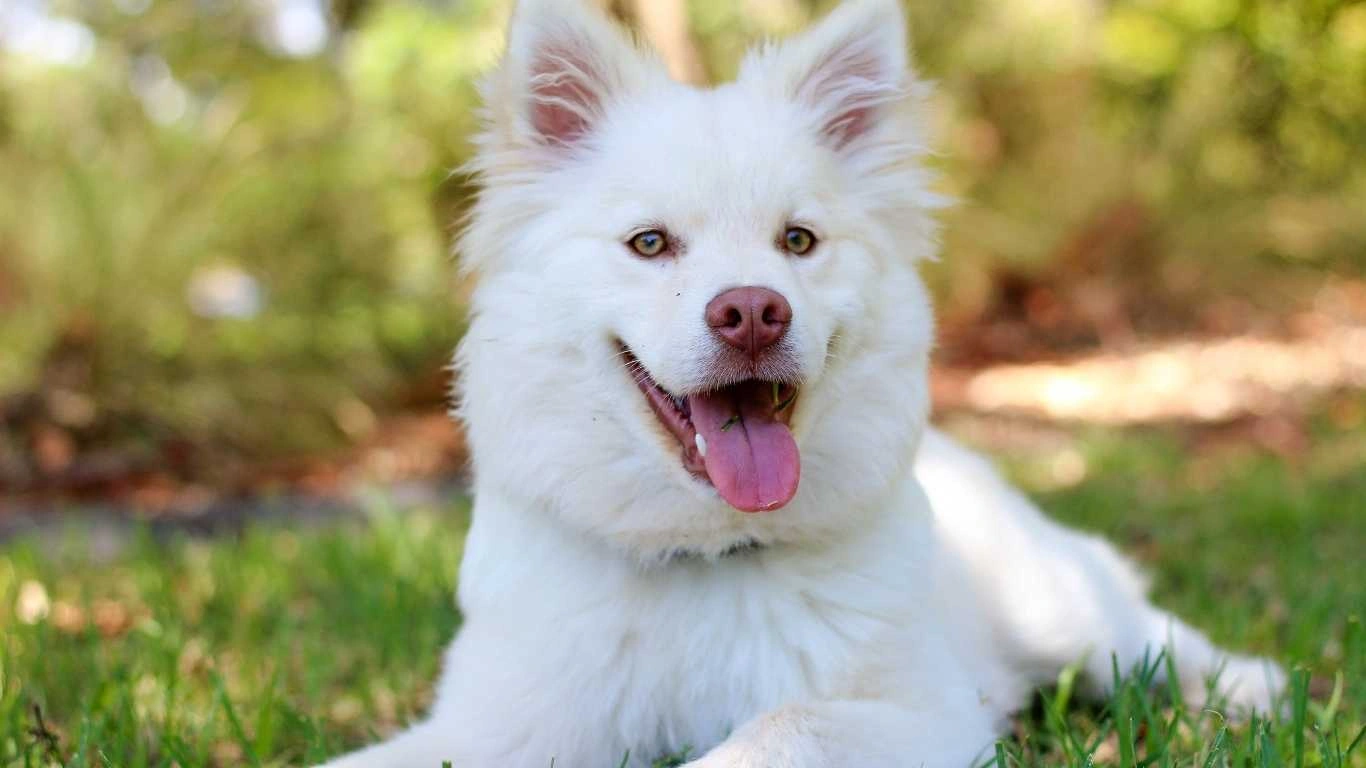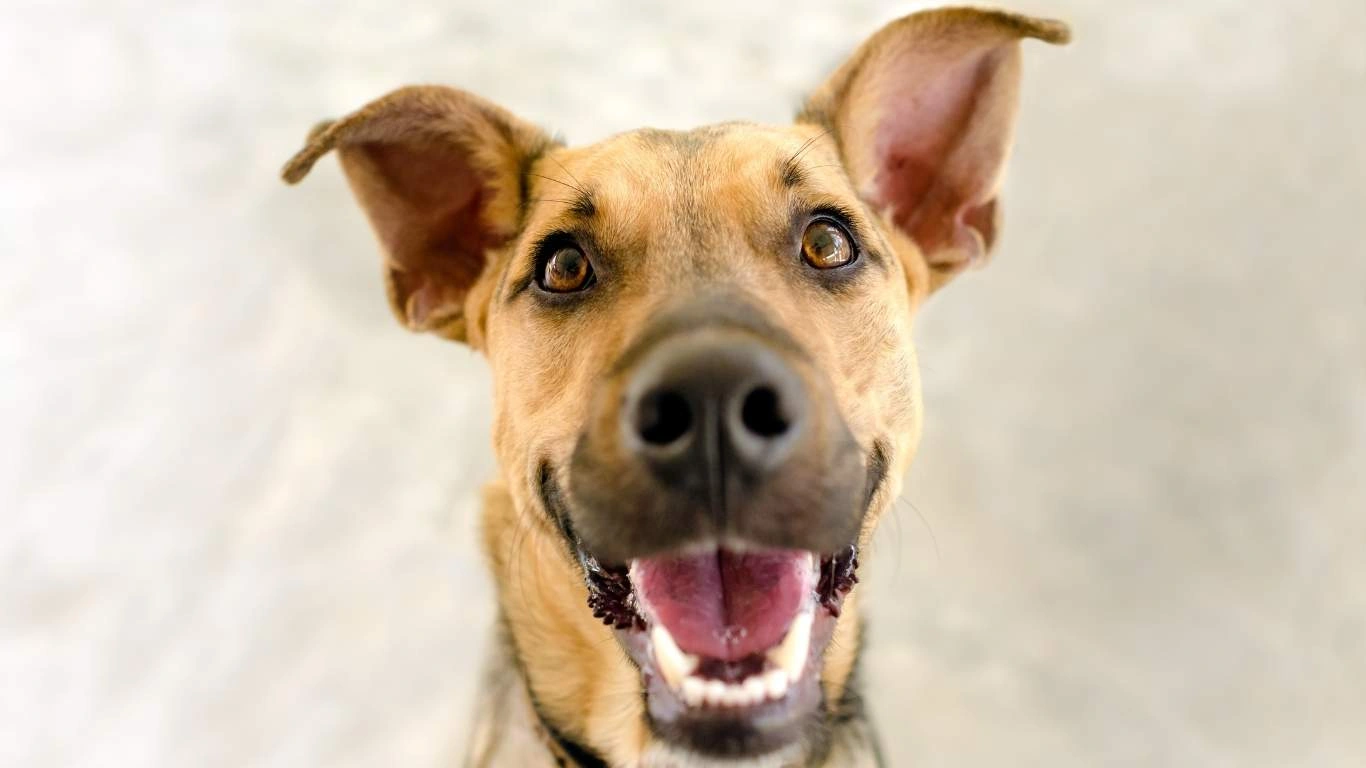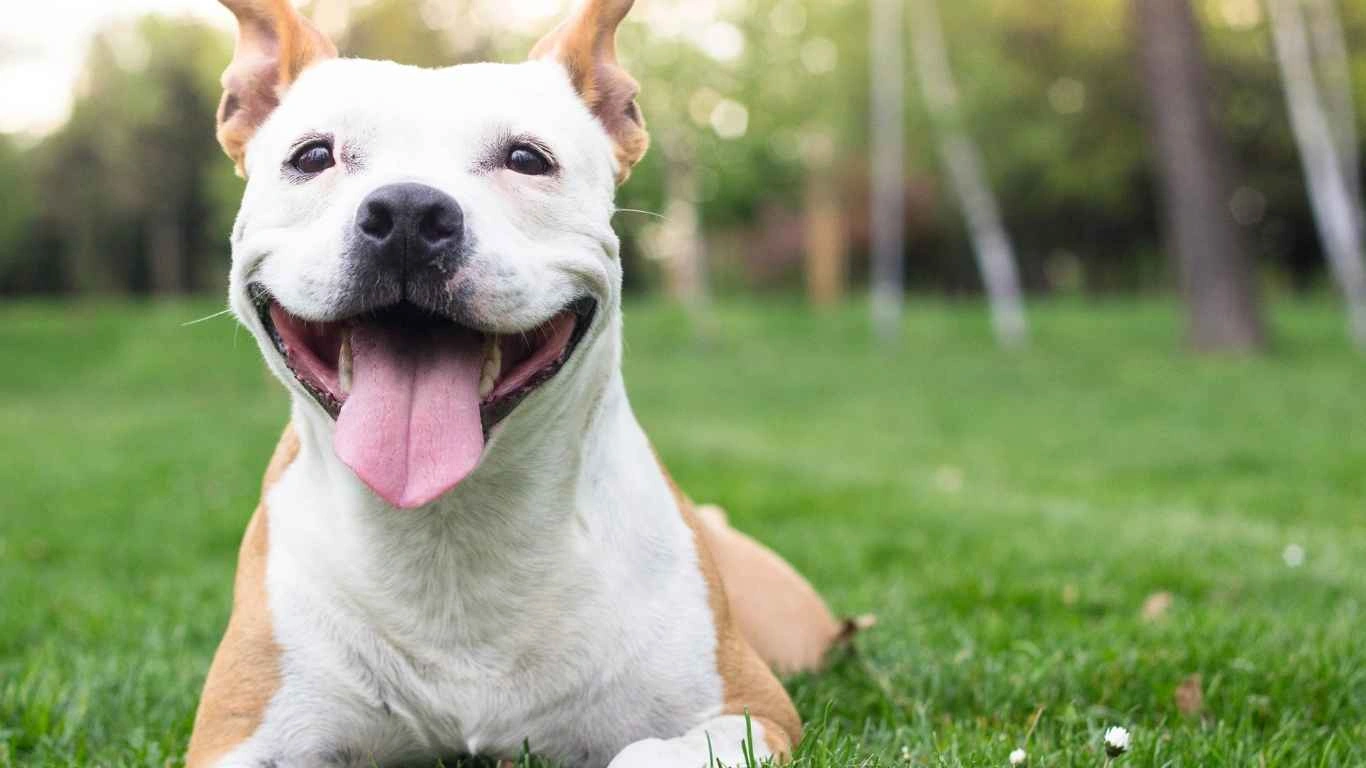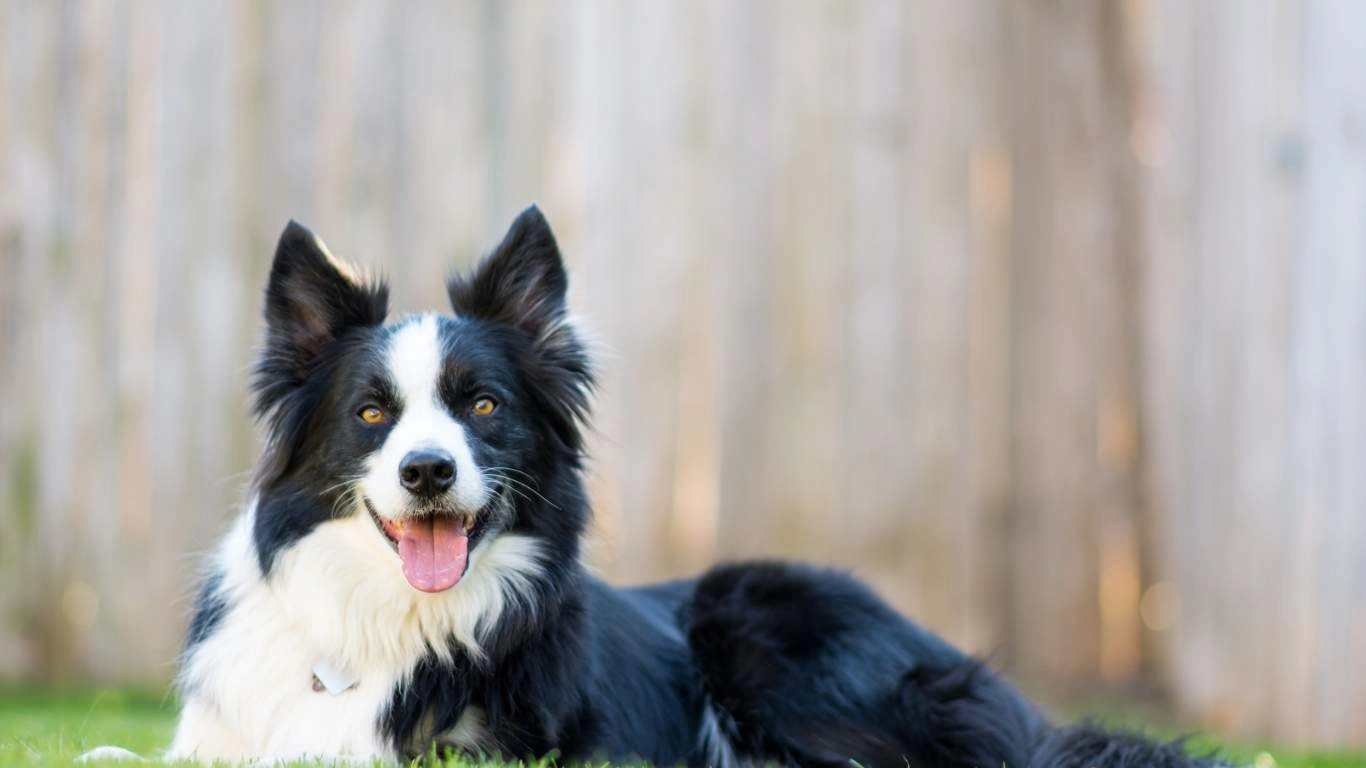Can Dogs Eat Pears and Apples Together? Ultimate Guide to Safe Treats
Can dogs eat pears and apples together? That’s a question I hear more often than you’d think, especially from pet parents trying to switch things up from the usual kibble or commercial treats. As someone who’s worked closely with both shelter dogs and pampered pooches in clinics, I totally get the urge to offer something healthy and refreshing—especially when it’s fruit from your own fridge. But before you slice up that fruity combo for your pup, let’s dig into what’s safe, what’s not, and how to serve it right.
Are Pears and Apples Safe for Dogs?

First things first—yes, both pears and apples can be safe for dogs. But like anything in a dog’s diet, it’s not just about the food itself—it’s about how you serve it. When I was working at a local pet clinic, I’d often see pups come in with upset stomachs simply because their owners meant well but didn’t know about certain fruit parts being toxic.
Here’s the scoop:
- Apples: Packed with fiber and vitamins A and C. But the seeds? They contain cyanide, and even in small amounts, they’re a no-go.
- Pears: Another fiber-rich option with vitamin C and copper. Again, seeds and core should be avoided, and overripe pears can lead to tummy trouble.
I always tell pet owners to imagine prepping fruit for a toddler—peel, core, chop, and keep it simple. Dogs don’t need fancy, but they do need safe.
Benefits of Feeding Apples and Pears Together

Combining pears and apples in moderation can actually give your dog a little nutritional boost. When I used to work at a rescue shelter, we had an older lab named Daisy who wasn’t a fan of traditional treats. But chop up a little mix of apple and pear? Instant tail wags.
What Makes Them a Good Duo?
- Hydration: Both fruits have a high water content—great for warmer days or senior dogs who need a little hydration help.
- Low Calories: Ideal for pups on the pudgier side. You get flavor without packing on pounds.
- Digestive Support: Fiber helps regulate digestion, and when fed right, it can even firm up loose stools (I’ve seen it work firsthand!).
But Don’t Go Overboard
Even though it’s tempting to let your dog munch away on that fruit salad, moderation really is key. Too much fruit means too much sugar—even if it’s natural. In my experience, some dogs can get a bit gassy or end up with softer stools if you push past their limit.
General rule I follow? One or two small slices of each fruit a couple times a week is plenty for a medium-sized dog. Always introduce new foods slowly and watch for any signs of allergies or discomfort.
Signs Your Dog Might Not Tolerate Fruit Well

Just because something is safe for most dogs doesn’t mean it’s right for your dog. I’ve seen pups react to even the gentlest foods. The trick is to know what to watch for.
- Soft stools or diarrhea: A common one, especially if too much fruit is introduced too fast.
- Excessive gas: Yep, just like us, dogs can get a bit bloated from new fiber sources.
- Scratching or skin irritation: Could be a sign of an allergy, though it’s rare with apples and pears.
If your dog shows any of these signs, hit pause and consult your vet. I always say—when in doubt, let the pros sort it out. You’re not being paranoid; you’re just being a responsible dog parent.
How to Safely Serve Pears and Apples to Dogs

Now that we’ve covered the basics, let’s get into the how. Just tossing fruit chunks into your dog’s bowl isn’t always the best move. Over the years at the clinic, I’ve seen some creative (and not-so-successful) fruit-feeding attempts. Think sticky messes on floors, choking scares, and one Chihuahua who tried to bury half a pear in a blanket. True story.
Step-by-Step Prep Tips
- Wash thoroughly: Even if it’s organic. You’d be surprised how many pups get reactions from pesticide residue.
- Peel if needed: Apple skin is usually fine in moderation, but pear skin can be a bit tougher on the tummy for smaller breeds.
- Remove seeds and core: Always. Apple seeds contain cyanide, and both fruits’ cores are choking hazards.
- Slice into bite-sized pieces: Think training-treat size, especially for toy breeds or senior dogs with fewer teeth.
I like to freeze small chunks and offer them on hot days. They’re like mini pupsicles, and my dog Kona (a food-loving pit mix) goes wild for them.
Can Dogs Eat Pears and Apples Together as Regular Treats?

Short answer: Yes—but only in moderation. Just because something’s healthy doesn’t mean it should replace balanced nutrition. I remember one client who thought giving her golden retriever fresh fruit daily would help with skin allergies. It didn’t, and the dog ended up with a sugar spike and a mild case of diarrhea. Oof.
Pairing Them Right
If you’re mixing pears and apples together, keep these things in mind:
- Balance the portions: Don’t go overboard. A few slices of each fruit per serving is plenty.
- Stick to low-sugar apples: Granny Smiths are great, while Honeycrisps are a bit sweeter and should be given sparingly.
- Don’t mix with other high-sugar fruits: Bananas, mangoes, and grapes (which are toxic!) can be a dangerous mix—stick with one or two fruits at most.
When I had a senior boxer with a sensitive gut, I’d make tiny fruit cubes from apples and pears, freeze them in ice trays, and pop one into her kibble bowl every other day. Worked like a charm—and kept her digestion in check too.
Fun DIY Apple and Pear Treat Ideas

Want to get a little creative in the kitchen without going full-on doggie pastry chef? I’ve got a few simple recipes up my sleeve—straight from my shelter days, where we often whipped up fruit-based snacks for enrichment.
1. Frozen Apple-Pear Bites
- 1/2 apple (peeled and chopped)
- 1/2 pear (peeled and chopped)
- 1/2 cup plain Greek yogurt (no xylitol!)
Blend all ingredients, spoon into silicone molds or an ice tray, and freeze. Great for hot days or a post-walk reward.
2. Baked Apple-Pear Chews
- Sliced apples and pears (thin slices work best)
- Optional: Sprinkle with a pinch of cinnamon (check with your vet first)
Bake at low heat (around 200°F) for 2-3 hours until dried but chewy. Dogs love the texture, and they’re perfect for longer chew time without being too hard.
3. Apple & Pear Topper for Kibble
Mix finely chopped apples and pears with a splash of bone broth or water, then drizzle over your dog’s food. Adds flavor and hydration—especially useful for picky eaters or senior pups who need softer meals.
I used to do this for a rescued senior Yorkie who had no teeth left. She couldn’t chew dry kibble, but she loved the fruit mash mixed with broth. She’d dance in circles at dinner time!
When to Avoid Feeding Apples and Pears

As awesome as these fruits are, there are a few situations where it’s better to skip them entirely. Over the years, I’ve had to gently break the news to well-meaning dog parents who just didn’t realize their pup’s health issues made fruit a no-go.
Skip the Fruit If Your Dog Has:
- Diabetes: Even natural sugars can mess with blood glucose levels. Always check with your vet first.
- Pancreatitis: These dogs often need very specific low-fat, low-sugar diets. Fruits can trigger flare-ups.
- Chronic digestive issues: Too much fiber can cause discomfort or worsen symptoms like IBS.
If any of that sounds familiar, trust me—it’s not the end of the world. There are plenty of other ways to treat your pup safely. I’ve helped dozens of clients find safer alternatives tailored to their dog’s health, from steamed veggies to vet-approved low-fat snacks.
Storing and Serving Pears and Apples for Your Dog

One of the questions I get asked a lot after discussing pears and apples is: “How do I keep these fruits fresh and safe for my dog over time?” From my experience at the shelter and clinic, proper storage and serving techniques make a huge difference—not just in taste and nutrition, but also in preventing spoilage that can upset your dog’s tummy.
Freshness matters. Here are some quick tips to keep your dog-friendly fruit at its best:
- Refrigerate sliced fruit: Once you’ve prepped apples or pears by peeling and removing seeds, store them in an airtight container in the fridge. This usually keeps them fresh for 3-4 days.
- Use lemon juice to prevent browning: If you’re prepping fruit in advance, a light toss with a bit of lemon juice helps keep those slices looking appetizing and prevents oxidation.
- Freeze for longer storage: As I mentioned before, frozen fruit chunks are a fantastic cooling treat in summer, and they last for months in the freezer if stored properly.
- Avoid canned or sweetened fruits: These often contain added sugars or preservatives that aren’t good for dogs.
When it comes to serving, always keep an eye on portion sizes and your dog’s reaction. If you notice any changes in behavior or digestion, it’s a good idea to pause and chat with your vet.
Frequently Asked Questions About Dogs Eating Pears and Apples Together

Can I feed my dog apple and pear every day?
While apples and pears are healthy treats, daily feeding isn’t usually necessary or recommended. Treats should make up no more than 10% of your dog’s daily caloric intake. Personally, I recommend offering fruit treats a few times a week, especially to avoid excess sugar and fiber overload.
Are canned pears or apples okay for dogs?
Generally, no. Canned fruits often contain added sugars, syrups, or preservatives that aren’t dog-friendly. If you want to treat your dog with fruit, stick to fresh or frozen options without additives.
What if my dog accidentally eats the core or seeds?
Don’t panic, but do keep an eye on them. The seeds contain small amounts of cyanide, which can be harmful in large quantities. If your dog ate just a few seeds or a small bit of core, they’ll probably be fine, but watch for vomiting, lethargy, or breathing difficulties and call your vet if you notice anything unusual.
Can puppies eat pears and apples?
Yes, but with extra caution. Puppies have more sensitive stomachs, so start with very small amounts and watch for any adverse reactions. Avoid giving whole pieces to prevent choking—always slice or mash appropriately.
Wrapping Up My Experience on Feeding Pears and Apples Together
After years working hands-on as an Animal Care Specialist, I’ve seen firsthand how little tweaks to a dog’s diet—like safely introducing fruits such as pears and apples—can brighten their day and even support better health. The key is always moderation, preparation, and paying attention to your dog’s unique needs.
Remember, every dog is different. What works beautifully for one might not suit another, so when trying new foods, a slow and careful approach is best. Don’t hesitate to lean on your veterinarian’s advice—combining professional guidance with your love and intuition is the winning combo for your furry friend’s wellbeing.
References and Resources
- American College of Gastroenterology
- American Veterinary Medical Association
- ASPCA – Animal Poison Control
- PetMD
Disclaimer
This article is intended for informational purposes only and is not a substitute for professional veterinary advice. Always consult your veterinarian before introducing new foods into your dog’s diet, especially if your pet has pre-existing health conditions.





